A sustainable, healthy future for all
June 23, 2025 at 6:00 a.m.By Emma Peterson.
Learn how cool roofs create a more energy-efficient and equitable Hawaiʻi.
Every state in the U.S. presents unique challenges and needs when it comes time to constructing or renovating a building. For example, in Colorado, residents need to think about snow retention, while in Florida it’s tropical storms and hurricanes that are big concerns. Last year, Lauren White, editor at The Coffee Shops™, got the chance to talk to Howard Wiig and Ron Chatterjee at the Hawaiʻi State Energy Office about some of the unique challenges facing Hawaiʻi communities.
Given their respective position positions at the state energy office, the conversation naturally drifted towards energy efficiency challenges in the Hawaiian Islands. One of the biggest reasons this conversation is so crucial in Hawaiʻi is limited land availability because it is an island state. Ron elaborated: “Unlike the mainland, there's almost no gas infrastructure here. We don't have gas water heaters or gas appliances. The most gas used is in the Waikiki area, on the resorts, because there are no gas reserves on the islands.” The gas used in the resort areas is either manufactured synthetically or shipped to Hawaiʻi at a hefty price.
In the place of gas infrastructure, many communities rely on electricity for appliances like water heaters. The problem with these electrical resistance-based systems is that they are notoriously inefficient. So the communities that rely on them end up paying more for less because technology like solar panels and solar-thermal heaters have quickly outpaced resistant heaters (systems that use electric coils).
So why haven’t Hawaiʻi residents switched over to the more economical and efficient option? Lack of accessibility. Howard explained: “To look at this from an equity standpoint, if you look at a map of where solar thermal heaters and photovoltaics are installed, and you correlate that with per-capita income, guess where those more energy efficient units are? On the homes of the people who can afford it. The majority of resistance water heaters still in use today are in lower-income areas.”
What Ron and Howard are working on with their team at the Energy Office is helping low-to-moderate income communities' access better energy solutions. One of the ways they make this happen is through grants. “We're working with a lot of the programs that the Inflation Reduction Act and the bipartisan infrastructure law have created,” Ron elaborated. “We apply for grants mostly aimed at these communities. For example, Hawaiʻi was awarded$34 million for the Solar for All program from the Environmental Protection Agency. Using these funds, the Hawaiʻi Green Infrastructure Authority is providing solar for more residents.”
In addition to the grant work that the state energy office participates in, they are also taking initiative by training contractors on the islands and changing building codes to create healthier, more energy-efficient structures. As an example, Howard shared that under Hawaiʻi Energy Code 2B, when roofs are replaced, instead of having to insulate them, contractors must make them reflective. In this, Hawaiʻi is unique in the nation. And studies show savings from insulation versus savings from reflectivity are approximately equal.
The big difference between insulation and cool roof coatings is that where insulation keeps cool air trapped inside a space, cool roof coatings keep heat from conducting into a space in the first place. The Cool Roof Rating Council (CRRC) explains cool roofing as follows. A cool roof reflects sunlight (solar energy), emitting any heat that was absorbed. This makes the roof literally stay cooler and reduces the amount of heat conducted into the building below. Cool roofing is growing popular in areas on the mainland like southern California and in the southwest states because it has proven to be incredibly effective. In fact, Howard explained, when Hawaiʻi developed Building Energy Code (2B), they took a lot of cues from California’s Title 24 reflectivity and emissivity ratings on products.
Beyond the energy efficiency goals driving this choice, it is also a more affordable solution that negates the need to ship more materials to the islands. Ron explained that insulation, like gas, is a lot more expensive in Hawaiʻi than on the mainland. So, reflective coatings on walls and roofs are the economical way forward because they provide the same amount of heat mitigation as insulation would. Overall, these initiatives not only help the environment and the state from an energy efficiency perspective, but also give the people of Hawaiʻi healthier and more comfortable homes to live in.
Original photo source: Hawaiʻi’s State Energy Office
Have a question? AskARoofer.
Find your local roofing contractor in the AskARoofer™ Contractor Directory.

About Emma
Emma Peterson is a writer at The Coffee Shops and AskARoofer™. Raised in the dreary and fantastical Pacific Northwest, she graduated in 2024 from Pacific University in Oregon with a degree in creative writing and minors in graphic design and Chinese language. Between overthinking everything a little bit, including this bio, she enjoys watching movies with friends, attending concerts and trying to cook new recipes.
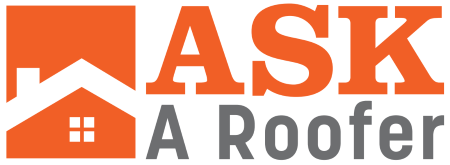
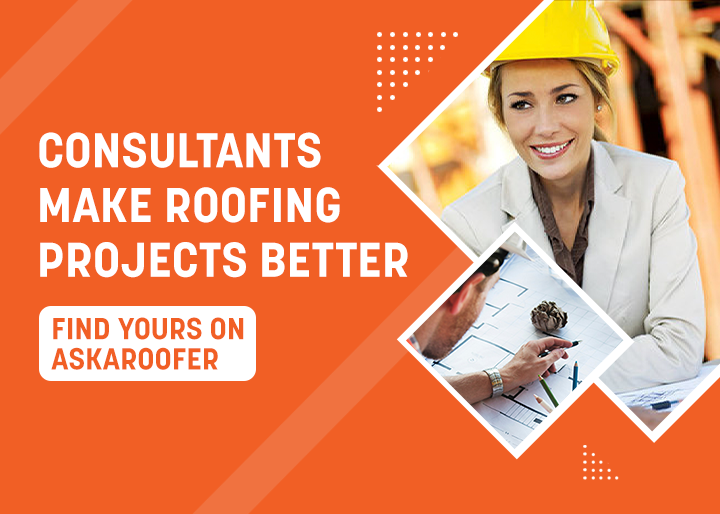


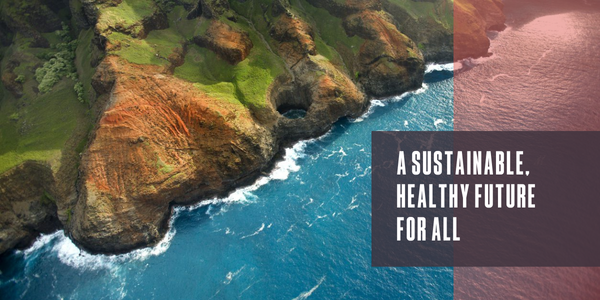
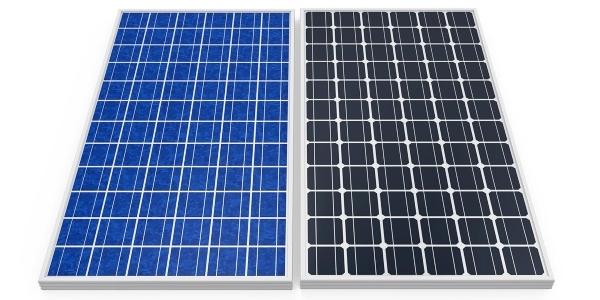
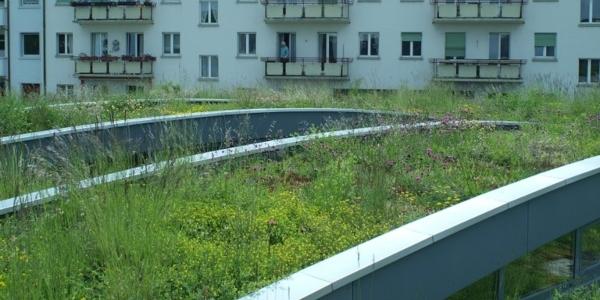
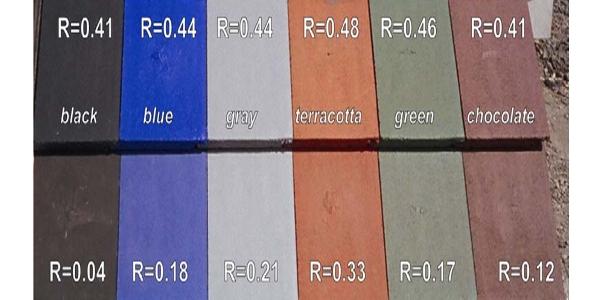

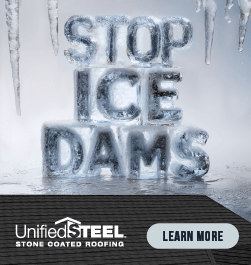
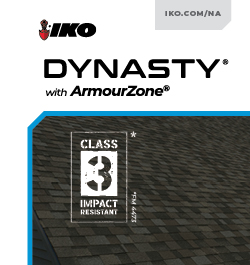
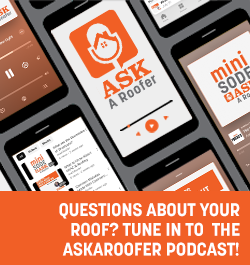


Comments
Leave a Reply
Have an account? Login to leave a comment!
Sign In